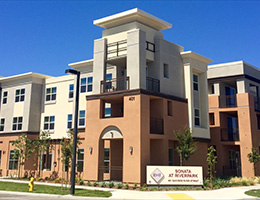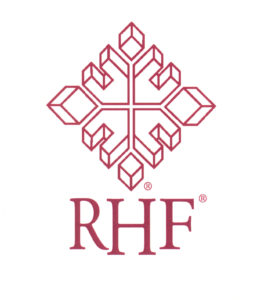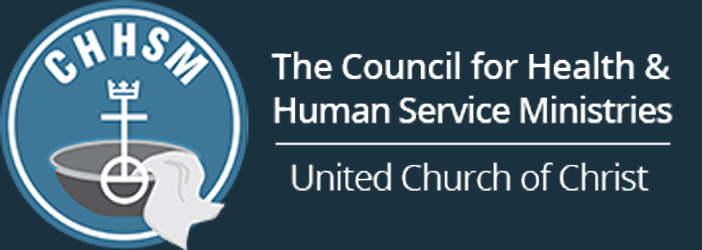Despite Obstacles, UCC’s Retirement Housing Foundation Makes Green Affordable Housing a Priority
 The United Church of Christ’s Retirement Housing Foundation, based in Long Beach, Calif., takes seriously its dual commitments to affordable housing and being good stewards of creation. Its Sonata at Riverpark is just one example of RHF’s ministry at work.
The United Church of Christ’s Retirement Housing Foundation, based in Long Beach, Calif., takes seriously its dual commitments to affordable housing and being good stewards of creation. Its Sonata at Riverpark is just one example of RHF’s ministry at work.
Opened in 2016, Sonata at Riverpark is a 52-unit, tax credit community for low-income families in Oxnard, Calif. Tax credit communities have rents based on income, but are not subsidized.
The community, which houses 1-, 2-, and 3-bedroom open-concept units, recently attained Gold status in its LEED certification, and is working toward the highest level, Platinum. LEED, a national rating system administered by the U.S. Green Building Council, promotes the design and construction of high-performance green buildings and the adoption of sustainable practices. LEED homes are more durable, use less energy and water, and provide improved indoor air quality.
“RHF is committed to reducing energy usage in our communities, and that includes attaining LEED certification for newly-constructed buildings whenever possible,” says Chris Ragon, RHF vice president of communications. “All of the communities we have built in California over the last five years are LEED certified.”
LEED certification requires green construction material and sustainable practices. In constructing its affordable housing sites, RHF also requires its communities to be near public transportation options and a park with easy access for tenants. Its buildings have high-efficiency plumbing and lighting fixtures, and low-VOC paint and flooring is used in construction. In the case of Sonata at Riverpark, more than 75 percent of its construction waste was diverted from landfills.
An Uphill Battle for Affordable Housing
But although there are success stories like Sonata at Riverpark, the larger problem of affordable housing for low-income families and older adults remains.
“Sonata at Riverpark has a waiting list of 598 families, which is more than 11 times the number of apartments,” says the Rev. Laverne R. Joseph, president and CEO of Retirement Housing Foundation. “That makes a statement about the demand for affordable housing.”
Additionally, long waiting lists exist in several RHF affordable housing communities for older adults. With some 10,000 people a day turning 65, the lists will only grow, says Joseph. And although HUD Section 202 construction grants, thanks to massive advocacy efforts, will have $105 million in the budget this year (for the first time since 2012), those funds won’t end the crisis.
“It’s a start, but we need much more to address the need,” Joseph says. “Without good housing, good health care is an illusion. Affordable housing saves money because it keeps people out of hospitals and saves the government money.”
The challenge, notes Joseph, is that the expense is on the HUD side of the budget — which is discretionary — and the savings are on the health and human service side, which is non-discretionary.
Adding to the challenge is the new tax credit legislation, which reduces corporate taxes from 35 percent to 21 percent. This “likely will impact the price we get for credits,” Joseph says. “The result will be that we will either have to get more credits per building, or more gap financing.”
The Need Keeps Growing
 Two new environmentally sustainable RHF communities will open in Los Angeles later this year. Crenshaw Villas, for older adults over the age of 65, received 654 applications in one month for the 50 available units. Crenshaw Gardens, for those whose head of household is over the age of 18, received more than 3,000 applications in one month for its 49 units.
Two new environmentally sustainable RHF communities will open in Los Angeles later this year. Crenshaw Villas, for older adults over the age of 65, received 654 applications in one month for the 50 available units. Crenshaw Gardens, for those whose head of household is over the age of 18, received more than 3,000 applications in one month for its 49 units.
“This means we could have built 50 of these buildings and still had a waitlist,” says Ragon. “That speaks volumes for the need for affordable housing for the working poor in this country.”
And while not everyone who applies for an apartment will qualify, there still will be a significant wait list of more than 10 years for both buildings. For the older adult community, that likely will increase as the number of people over 65 increases.
The key, says Joseph, is to keep up the work of advocating for additional funds and options for low-income older adults through senior networks, and state and national associations: groups like LeadingAge — the national advocacy organization that campaigns on behalf of older adults — of which RHF, CHHSM, and many of CHHSM’s other member organizations are part.
“We need to advocate vigorously for more funding in the next [federal] budget,” Joseph says. “It takes all of us.”
Join Our Mailing LIst
Follow on Facebook
Iredell Adult Day Services Hosts Ribbon-Cutting to Celebrate Adult Day Health Certification - CHHSM
www.chhsm.org
Iredell Adult Day Services (IADS) in Newton, N.C. — a nonprofit organization dedicated to caring for older adults, vulnerable groups, and their families, and part of EveryAge — hosted a ribbon cut...